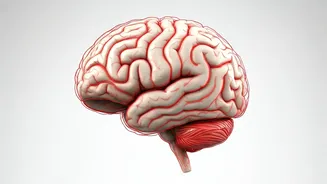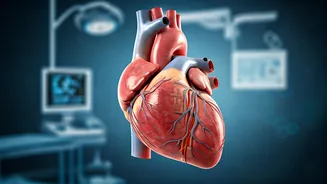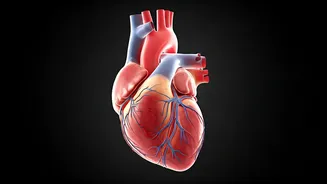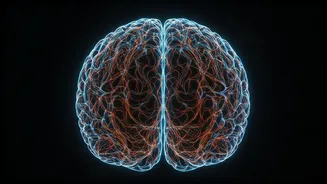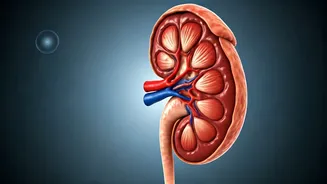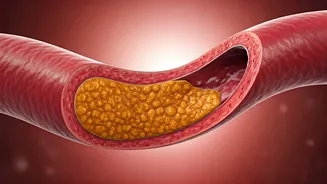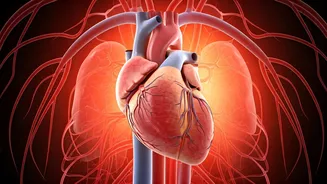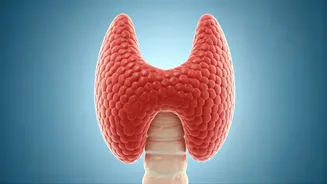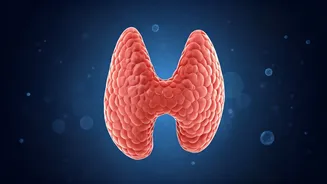What Is An Aneurysm?
A brain aneurysm, also recognized as a cerebral aneurysm, occurs when a blood vessel in the brain weakens and develops a bulge. This swelling can resemble
a small berry hanging off a branch. The condition is a serious health concern because of the potential for the aneurysm to rupture, leading to bleeding in the brain. If this happens, it can result in a hemorrhagic stroke, which can cause significant brain damage, and might even be life-threatening. The size of the aneurysm varies, with some being small and others being quite large. Small aneurysms often do not cause symptoms and might go unnoticed. However, larger aneurysms can put pressure on the brain's nerves or tissues, leading to different symptoms depending on their location and size. Early detection and management are crucial in preventing potential severe outcomes.
Possible Causes Explored
Several factors can contribute to the formation of brain aneurysms. High blood pressure is a significant risk factor, as it can weaken blood vessel walls over time. Smoking also elevates the risk, due to the damage it inflicts on blood vessels. Genetic predisposition plays a role, with some people being more likely to develop aneurysms due to inherited conditions. Certain medical conditions, such as polycystic kidney disease and some connective tissue disorders, are associated with a higher likelihood of aneurysms. Lifestyle choices, including diet and stress levels, can also indirectly influence the risk. Identifying and managing these factors is essential for reducing the chances of developing this condition. This involves maintaining a healthy lifestyle, monitoring blood pressure, avoiding smoking, and getting regular medical check-ups, especially if there's a family history of aneurysms.
Recognizing Symptoms Early
The symptoms of a brain aneurysm vary depending on whether the aneurysm has ruptured or not. If an aneurysm is small and hasn't ruptured, it might not cause any noticeable symptoms. Larger, unruptured aneurysms can press on the brain and nerves, potentially causing symptoms like pain behind the eye, changes in vision, numbness or weakness on one side of the face, and a dilated pupil. A ruptured aneurysm is a medical emergency, usually marked by a sudden, severe headache, often described as the worst headache of one's life. Other symptoms of a ruptured aneurysm include nausea, vomiting, a stiff neck, sensitivity to light, and loss of consciousness. Immediate medical attention is essential if any of these symptoms appear. Early detection is crucial, as it allows for prompt intervention and reduces the risk of serious complications. Regular health check-ups and awareness of risk factors are very important.
Diagnosis and Treatment
Diagnosing a brain aneurysm involves a variety of medical tests. Imaging techniques, such as computed tomography (CT) scans and magnetic resonance imaging (MRI) scans, are used to visualize the brain and identify any aneurysms. Cerebral angiography, which involves injecting dye into blood vessels and taking X-ray images, provides a detailed view of the blood vessels and aneurysms. Treatment options depend on the size, location, and condition of the aneurysm, as well as the patient's overall health. Options may include monitoring small, unruptured aneurysms to assess any changes. Surgical treatments, such as clipping and coiling, are used to prevent rupture. Clipping involves placing a small clip at the base of the aneurysm to block blood flow. Coiling involves inserting a catheter into the blood vessel and guiding it to the aneurysm, where small coils are released to block blood flow. The choice of treatment depends on individual circumstances and the recommendations of the medical professionals involved.
Stress and Its Impact
Stress, whether physical or emotional, can potentially impact overall health and contribute to the risk factors associated with brain aneurysms. Prolonged stress can lead to elevated blood pressure, which is a significant risk factor for the development of aneurysms. Stress can also affect lifestyle choices, potentially leading to unhealthy behaviors like smoking and poor dietary habits, which, in turn, can contribute to the development of these conditions. Managing stress through various coping mechanisms, such as exercise, meditation, and relaxation techniques, is essential for maintaining overall health and minimizing potential risks. Recognizing the sources of stress and implementing strategies to mitigate their effects is a crucial part of a holistic approach to health. Seeking professional guidance, such as therapy or counseling, can provide valuable tools for dealing with stress effectively.
Preventative Measures Discussed
Taking proactive steps to reduce the risk of brain aneurysms involves a combination of lifestyle changes and medical management. Maintaining a healthy lifestyle is key, which includes eating a balanced diet rich in fruits, vegetables, and whole grains, and limiting the intake of processed foods and saturated fats. Regular exercise helps to manage blood pressure and improves overall cardiovascular health. Avoiding smoking and limiting alcohol consumption are critical, as both habits negatively affect blood vessel health. Regular check-ups with a healthcare provider are important, especially if there's a family history of aneurysms or other risk factors. Monitoring blood pressure and managing any underlying health conditions, such as high cholesterol or diabetes, is also crucial. Following these preventive measures and staying informed about one's health can help in early detection and appropriate management of potential risks.
